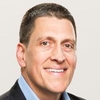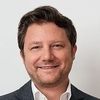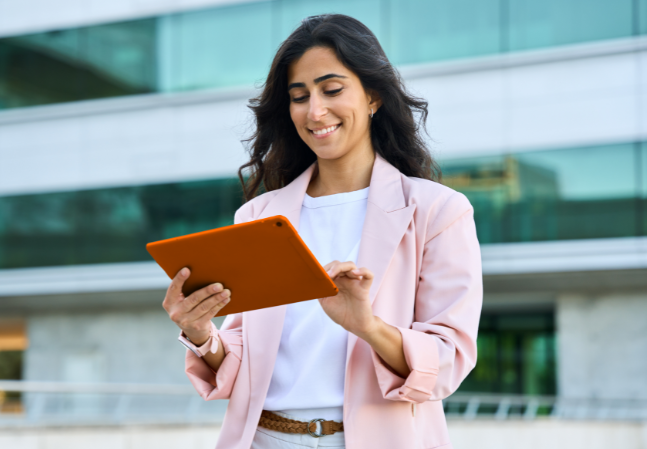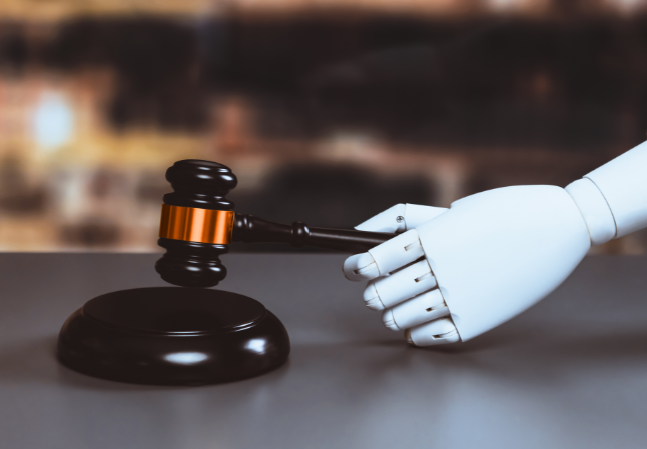Welcome! Save 30% on all CLE, CPE, and Professional Skills webinars, plus 15% off any annual pass with code CYBER2025
About the Course
Introduction
This CLE webinar will guide patent counsel on obtaining U.S. discovery when involved in litigation outside the U.S. The panel will examine the use of Section 1782 applications and the potential roadblocks and challenges that litigants face. The panel will discuss how the courts have treated such discovery issues and the important considerations that litigants should weigh.
Description
Both plaintiffs and defendants involved in litigation outside the U.S. may obtain discovery in the U.S. under 28 U.S.C. Section 1782 for use in said litigation. While it may be easy for a person or corporation to reside in a district, it may be more challenging for a person or corporation to be "found." A recent Fourth Circuit decision held that a corporation not physically present in a district is not "found" in the district for purposes of Section 1782, distinguishing the approach taken by the Second Circuit and creating an arguable circuit split. In re Eli Lilly and Co. (4th Cir. 2022).
Section 1782 is a powerful tool for those involved in patent litigation, particularly in light of the new Unified Patent Court (UPC), covering much of the EU, that is expected to open on June 1, 2023. However, when considering Section 1782 applications, it is important for practitioners to understand how different courts in different districts and circuits approach the meaning of "found."
Listen as our authoritative panel examines the use of Section 1782 applications and the potential roadblocks and challenges that litigants face. The panel will discuss how the courts have treated such discovery issues and the important considerations that litigants should weigh.
Presented By

Mr. Cassady focuses his practice on patent litigation at U.S. district courts and before the International Trade Commission. He also assists with client counseling, due diligence, and pre-litigation matters, including drafting noninfringement and invalidity opinions. He works on a wide variety of cases involving technologies such as smart phones, vehicle tracking systems, microprocessors, touch panels and touch screens, and user interface design. In connection with U.S. District Court practice and worldwide counseling approach, Mr. Cassady has developed strategies for using and defending against international evidence seeking mechanisms, such as 28 U.S.C. § 1782, to provide holistic patent litigation advice to global clients. To that end, Mr. Cassady has written significantly on the logistics of filing § 1782 applications, as well as the interpretation and evolution of § 1782 in different district courts across the U.S.

Mr. Lavenue’s practice focuses on patent trial litigation, including 19 bench or jury trials, and on creating and managing large patent portfolios. With experience in over 200 patent cases, he has managed or served as first chair in numerous district court litigations, including more than 60 cases in the E.D. Texas, almost a dozen patent infringement cases and/or matters under Section 1498(a) in the U.S. Court of Federal Claims, more than a dozen disputes under Section 337 before the U.S. International Trade Commission, and multiple arbitrations. Mr. Lavenue has particular insight into patent disputes involving international discovery under Section 1782. He has been involved in more than a dozen granted 1782 proceedings throughout the U.S., all with 100% grant rate. His broad client base spans an array of industries from aerospace to automotive to financial services to medical devices.

Dr. Müller-Stoy is widely recognized as a leading German patent litigator. With over 20 years of experience in IP, Dr. Müller-Stoy has handled several hundreds of patent disputes (including entitlement proceedings) in courts and patent offices, with a focus on high-profile, multinational matters. He frequently takes on a coordinating role, acting as the European lead counsel, so clients benefit from his solid understanding of the laws and procedures of all relevant jurisdictions. His expertise spans numerous technologies and sectors, for instance telecommunications, IT, consumer electronics, automotive, medical devices, and life sciences. Trained as a commercial mediator, Dr. Müller-Stoy also assists his clients in IP-related ADR proceedings, including national and international mediation and arbitration. He is particularly sought after in SEP/FRAND matters, having in-depth knowledge of numerous standards and related industry practice including the underlying economics.
-
This 90-minute webinar is eligible in most states for 1.5 CLE credits.
-
Live Online
On Demand
Date + Time
- event
Thursday, May 25, 2023
- schedule
1:00 p.m. ET./10:00 a.m. PT
- Challenges to obtaining discovery from outside the U.S.
- Section 1782 applications
- Court treatment
- Key considerations for litigants
- Best practices
The panel will review these and other principal issues:
- What hurdles must parties to litigation outside the U.S. overcome when seeking U.S. discovery?
- What key factors should litigants consider when determining use of Section 1782 applications?
- What are best practices for seeking U.S. discovery when in a foreign tribunal?
Unlimited access to premium CLE courses:
- Annual access
- Available live and on-demand
- Best for attorneys and legal professionals
Unlimited access to premium CPE courses.:
- Annual access
- Available live and on-demand
- Best for CPAs and tax professionals
Unlimited access to premium CLE, CPE, Professional Skills and Practice-Ready courses.:
- Annual access
- Available live and on-demand
- Best for legal, accounting, and tax professionals
Unlimited access to Professional Skills and Practice-Ready courses:
- Annual access
- Available on-demand
- Best for new attorneys
Related Courses

Discretionary Denials in IPRs: New Framework, Navigating the Evolving Landscape, and Strategies for Survival
Thursday, November 20, 2025
1:00 p.m. ET./10:00 a.m. PT

Patent Drawings: Navigating the Evolving Global Colored Drawing Requirements Landscape
Thursday, January 8, 2026
1:00 p.m. ET./10:00 a.m. PT



